Despite losing an hour of sleep, Daylight Saving Time is a marker of the coming spring and lingering daylight. The transition from snowy days and dark evenings to new shades of green and light changes our sleep and can challenge our sleep habits. As a pediatric health researcher and father, I encourage everyone to enjoy the season – without losing sleep!
Here are four ways to start:
Tip 1: Reset your biological clock.
All cells in our bodies are controlled in part by clock genes, or timestamps, which makes the timing of sleep as important as how much we sleep. The sun helps to keep all of our body clocks in sync, which means that in order for our heart, lungs, immune system, digestion, learning and attention to function properly, we need to sleep at the right time and for about the right amount.
This biological predisposition, our circadian rhythm, varies over our life span and wires tweens and teens to stay up late and wake up late. (This makes it hard for teens to fall asleep at the same time as their parents or younger siblings.)
When we spring forward, not only do teens lose an hour of sleep, but the time change works against their biology. The Monday morning after the time change is particularly difficult for teens as they typically struggle to wake early. Their usual 7 a.m. wake time (which is too early for most teens) is actually 6 a.m. for the internal biological clock. More evening light also complicates the shift because it makes all human beings want to go to bed later and wake later.
To reset our biological clock and adjust quickly to the time change, everyone, teens in particular, can:
- Try to sleep more at night during the 2-3 days prior to the time change.
- Wake up 15 minutes earlier on weekend mornings.
- Cut out afternoon naps and not sleep in past 9:30 a.m. on weekend mornings. (Waking no later than 10 a.m. on weekend mornings is always best for teens.)
- Use that extra light in the early evening to get active: Go for a long walk or do some vigorous exercise.
Tip 2: Listen to your body. Take a sleep inventory.
Over time, one of the best barometers to gauge sleep health is to listen to your body. Do you feel sleepy while reading, sitting down for a few minutes in a public place, such as a classroom or movie theater, or after riding in a car for an hour? Do you notice your child dosing off in these situations? These are signs of nighttime sleep debt, which signal that you and your family may benefit from increasing nighttime sleep.
To start, try:
- Taking a short nap during the day. A cat nap is 15 to 20 minutes, which is okay, but avoid long ‘dog naps.’
- Keeping a record of your sleep and trying to go to bed and wake up at about the same time. Remember that sleep duration and timing are both important.
- Talking to your pediatrician if your child snores, has difficulty falling asleep (if this takes more than 30 minutes) and/or difficulty staying asleep (more than 20 minutes) three or more times a week.
Tip 3: Assess sleep quantity and quality. Consider changing your routine.
Sleep recommendations vary, but children ages 7-11 should get 10.5-11.5 hours of sleep each night, while tweens and teens, ages 12-15, should get 9.5-10.5 hours of sleep. Older teens, ages 16-18, should aim for 8.5-9.5 hours of sleep, while young adults, ages 19-22, need 7.5-8.5 hours of sleep. Adults, ages 18-60, should get at least 7 hours of sleep each night.
Keep these recommendations and optimal sleep environments in mind:
- Dark environments and decreased exposure to all light, but blue light in particular (e.g., any screens unless they have an amber setting) are important for good quality sleep and regular sleep timing.
- Cut out nighttime activities, particularly social media, gaming and other screen time.
- Calming routines – such as reading, meditating and yoga, or doing simple routines to prepare for the next day – are relaxing and prepare our bodies for slumber.
It is normal to have a burst of energy and for some, increased anxiety before going to bed at night. This should be a cue to get ready for bed instead of a time to get up and get active or involved in stimulating activities.
It’s important for everyone to cut caffeine after 3 p.m. and even earlier if you or your teen experience poor sleep quality.
Tip 4: Recalibrate.
In research studies, we manipulate variables – often sleep quantity and timing – and we compare students in school districts with early school start times and healthy school start times (8:30 a.m. or later) to see how getting extra sleep each night impacts public health measures, from feeling alert and engaged in school to feeling awake behind the wheel. We find that small changes help and count. For example, teens who got at least 8 hours of sleep each night, compared to those who got less than 7, were less likely to report feeling drowsy while driving, even if they didn’t get the age-recommended 9.5 hours of sleep each night. This can lead to fewer car accidents, better grades and academic success in school.
Keeping these tips in mind, I challenge you to do a family experiment: For one full week, sleep on a regular schedule, sleep for recommended amounts of time, cut out naps and eliminate late-afternoon caffeine intake. Anyone can make changes during a one-week period and I am certain that you and other family members will feel the benefits by the end of the week: less daytime sleepiness, happier moods and improved eating habits.
Finally, if you do feel tired, you and your loved ones should never drive sleep deprived.
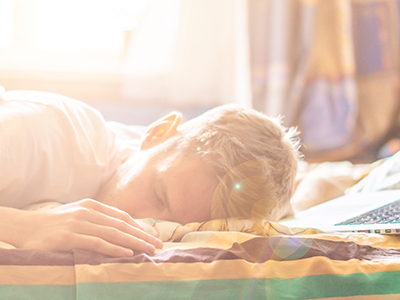 https://riseandshine.childrensnational.org/wp-content/uploads/2023/03/teen-sleeping-with-computer-feature.png
300
400
Rise and Shine
https://riseandshine.childrensnational.org/wp-content/uploads/2017/11/childrens_riseandshine_logo.jpg
Rise and Shine2023-03-09 15:18:342023-03-09 15:25:03Help! My teen’s sleep schedule is off
https://riseandshine.childrensnational.org/wp-content/uploads/2023/03/teen-sleeping-with-computer-feature.png
300
400
Rise and Shine
https://riseandshine.childrensnational.org/wp-content/uploads/2017/11/childrens_riseandshine_logo.jpg
Rise and Shine2023-03-09 15:18:342023-03-09 15:25:03Help! My teen’s sleep schedule is off


 Daniel S. Lewin, PhD, DABSM is a pediatric psychologist, sleep specialist and licensed clinical psychologist. He is Board Certified in Sleep Medicine and Behavioral Sleep Medicine.
Daniel S. Lewin, PhD, DABSM is a pediatric psychologist, sleep specialist and licensed clinical psychologist. He is Board Certified in Sleep Medicine and Behavioral Sleep Medicine.
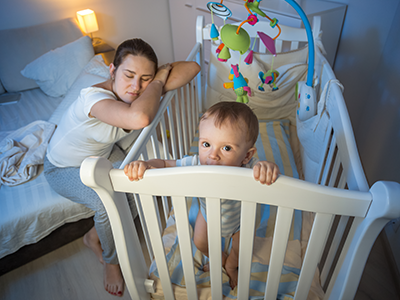
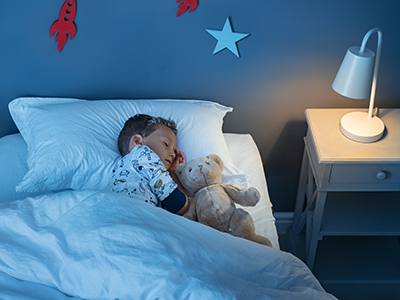

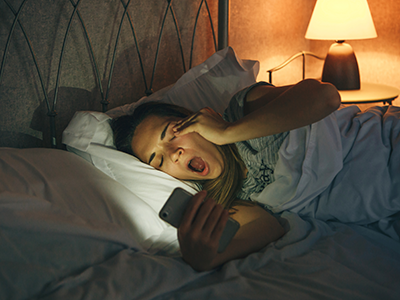

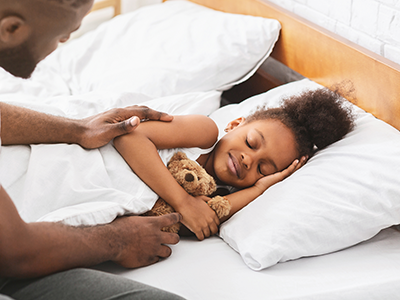

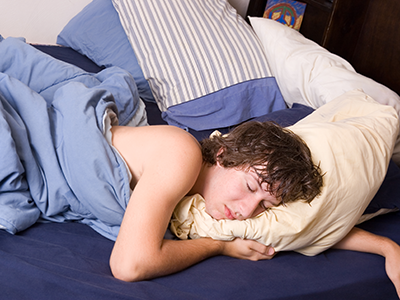
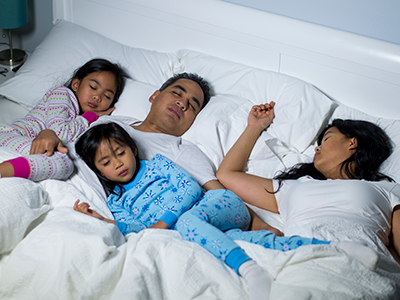
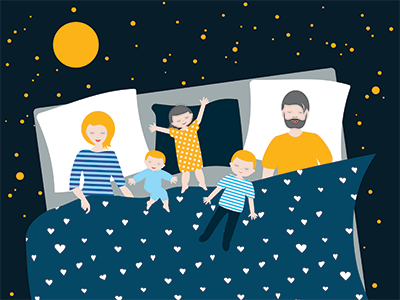
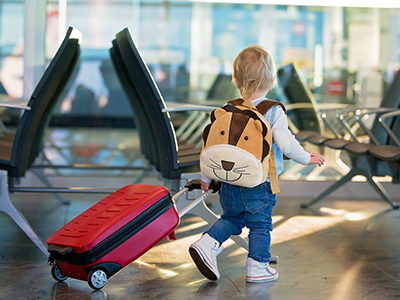




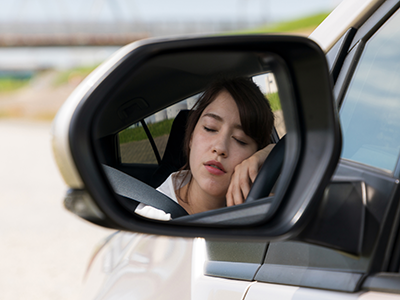


Leave a Comment
Want to join the discussion?Feel free to contribute!